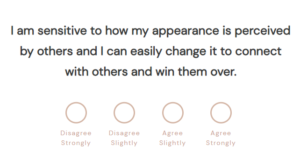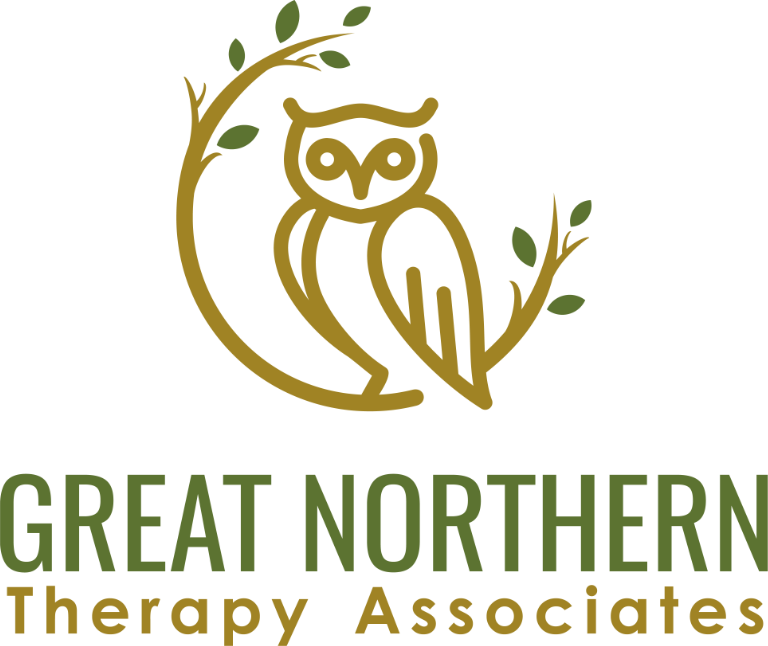Two Helpful Introductory Surveys
In mental health professionals’ ongoing quest to have as much of a positive impact as possible and as quickly as possible there are a variety of introductory tools that are used to ‘get to know’ the patient and how they might best be helped by counseling.
A couple of these tools can loosely be referred to as ‘personality tests.’ One is the Enneagram, which helps the therapist choose a strategy of connecting with the patient by classifying them as one of nine types. Another is The Meyers-Briggs Test, which helps the therapist (and the individual themselves) understand the patient’s communication preference and how they interact with others.
The Enneagram
The Enneagram is a system of personality typing that describes patterns in how people interpret the world and manage their emotions.
An Overview of the Enneagram Questionnaire
STATEMENT: Being told I’m odd or weird is welcome proof that I’m staying true to myself.
- Disagree Strongly

- Disagree Slightly
- Agree Slightly
- Agree Strongly
The Nine Enneagram Personality Types
Once the Enneagram survey is completed, the respondent is categorized in one of nine Enneagram personality types
- Reformer, Perfectionist
- Helper, Giver
- Achiever, Performer
- Individualist, Romantic
- Investigator, Observer
- Loyalist, Loyal Skeptic
- Enthusiast, Epicure
- Challenger, Protector
- Peacemaker, Mediator
The framework is intended to describe the individual’s behavior tendencies, motivations, and desires. While each type has distinct differences, there are even more variations within each of them with secondary types (known as “wings”), stress levels, and different levels of maturity. For this reason, the Enneagram is a helpful tool for personal development, counseling, and building relationships.
The Myers–Briggs Type Indicator
The Myers–Briggs Type Indicator (MBTI) is an introspective questionnaire indicating differing psychological preferences in how a person perceives the world and makes decisions. The MBTI is the invention of mother-daughter team of writers Katharine Cook Briggs and Isabel Briggs Myers (source: The Myers & Briggs Foundation).
For the respondent, the MBTI can help them to understand their own communication preference and how they interact with others. Armed with this knowledge, users can can help adapt their interpersonal approach to different situations and audiences.
The test assigns an attribute in each of four categories. One letter from each category is taken to produce a four-letter test result, such as “INFJ” or “ENFP”:
- Extraversion (E) or Introversion (I): The extraversion-introversion dichotomy was first explored by Jung in his theory of personality types as a way to describe how people respond and interact with the world around them. While these terms are familiar to most people, the way in which they are used in the MBTI differs somewhat from their popular usage.
- Sensing (S) or Intuition (N): This scale involves looking at how people gather information from the world around them. Just like with extraversion and introversion, all people spend some time sensing and intuiting depending on the situation. According to the MBTI, people tend to be dominant in one area or the other.
- Thinking (T) or Feeling (F): This scale focuses on how people make decisions based on the information that they gathered from their sensing or intuition functions. People who prefer thinking place a greater emphasis on facts and objective data.
- Judging (J) or Perceiving (P): The final scale involves how people tend to deal with the outside world. Those who lean toward judging prefer structure and firm decisions. People who lean toward perceiving are more open, flexible, and adaptable. These two tendencies interact with the other scales.
An Overview of the MBTI Survey
The current version of the Myers-Briggs Type Indicator includes 93 forced-choice questions (in the North American version) For each question, there are two different options from which the respondent must choose.
Here are some examples:
- Is it preferable mostly to: a. Make sure things are arranged or b. Just let things happen
- In a relationship should most things be: a. Re-negotiable or b. Random and circumstantial
- Do you see yourself as basically: a. Hard-headed or b. Soft-hearted
Based on the answers to the questions on the inventory, people are identified as having one of 16 personality types, ESTJ, ENTJ, ESFJ, ENFJ, ISTJ, ISFJ, INTJ, INFJ, ESTP, ESFP, ENTP, ENFP, ISTP, ISFP, INTP , or INFP.
You can learn more about Meyers-Briggs Type Indicator on the official website.
The Map is Not the Territory
These tools are merely introductory measures to help a counselor learn more about their patient with the added benefit that the patient can learn more about himself. These are useful in building rapport in the therapeutic relationship and getting a head start on facilitating change. There are no “right” or “wrong” answers to any of the questions, and there are no resulting designations that are better than any other.
Great Northern Counsels Injured Workers
There are more tools than ever for our counselors to help injured workers overcome the challenges they are facing. We have therapists throughout many states who can meet in person and via remote telehealth sessions to work with injured workers and develop an individualized plan to help them adjust and successfully return to work.
We have partnered with and provided mental health support to workers at some of the largest companies in the world. But, at our core, we are still “people taking care of people,” one person at a time. Contact us today by filling out a form (below), submitting a referral, or calling us at the number below.

